In the rapidly evolving landscape of industrial procurement, the butterfly valve has emerged as a pivotal component in enhancing system efficiency and operational reliability. According to a recent report by MarketsandMarkets, the global butterfly valve market is projected to reach USD 10.5 billion by 2025, growing at a CAGR of 4.3% during the forecast period. This growth underscores the increasing adoption of butterfly valves across various sectors, including water treatment, oil and gas, and chemical processing. As industries strive to optimize their procurement strategies amid fluctuating global supply chains, understanding the unmatched benefits of butterfly valves becomes essential. This blog will explore the significant advantages these versatile valves offer, positioning them as an indispensable asset for global procurement in 2023.
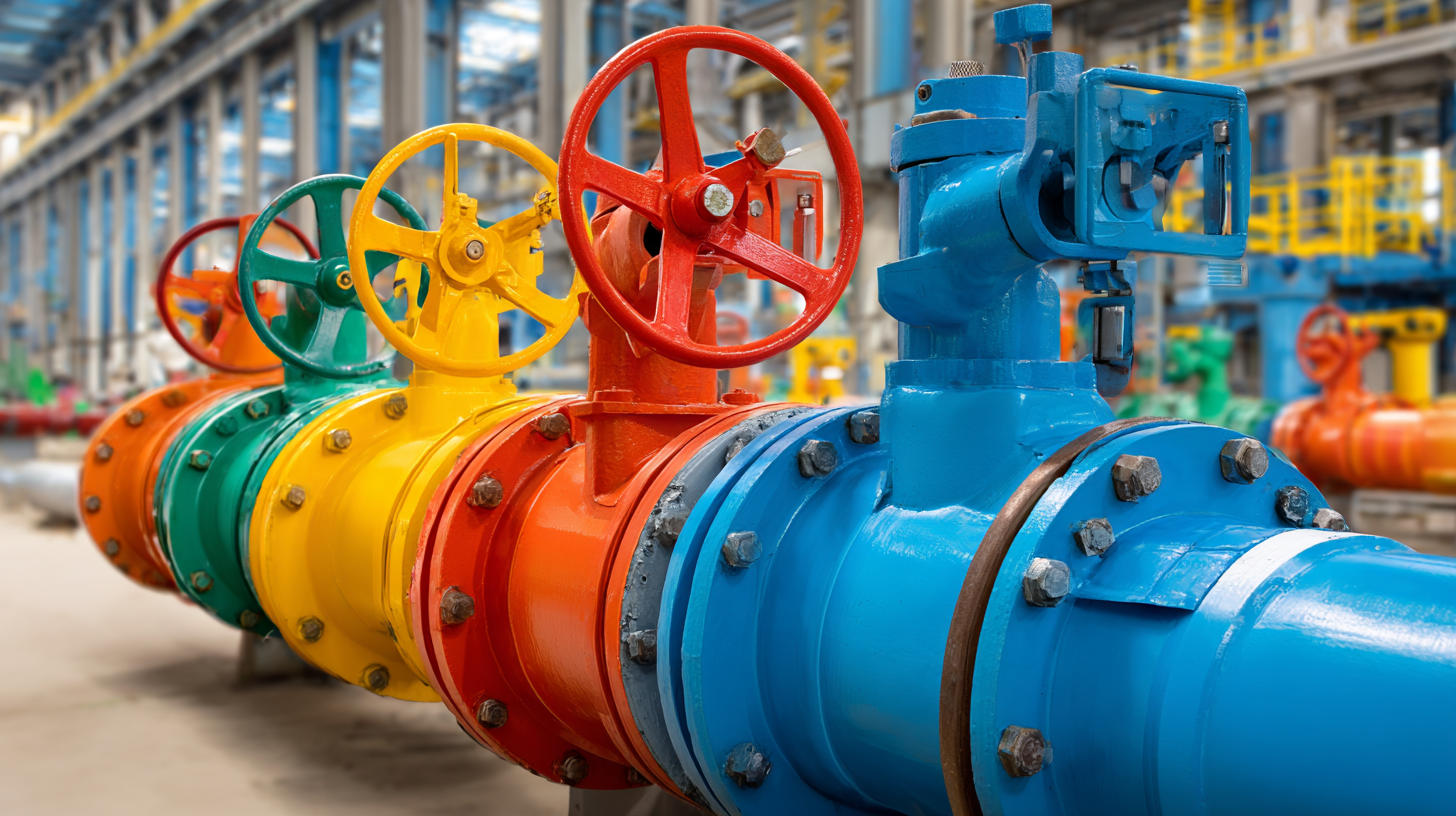
Butterfly valves have emerged as a vital component in modern industrial applications, offering a robust solution for regulating flow in piping systems. Known for their simple yet effective design, these valves consist of a rotating disc that opens or closes the flow path. One of the key features of butterfly valves is their lightweight structure, which makes installation and maintenance straightforward compared to heavier valve types. Their compact size also allows them to fit into tight spaces, making them ideal for a range of installations.
In addition to their physical design advantages, butterfly valves are celebrated for their operational efficiency. They provide quick shut-off capabilities and can manage a variety of fluids, including gases, liquids, and slurries. This versatility makes them a preferred choice in industries such as water treatment, HVAC systems, and chemical processing. Furthermore, the sealing mechanisms in modern butterfly valves are designed to minimize leakage, ensuring reliability and safety over prolonged usage. With these features, butterfly valves stand out as a beneficial investment for global procurement strategies in 2023, catering to the ever-evolving needs of businesses aiming for efficiency and performance.
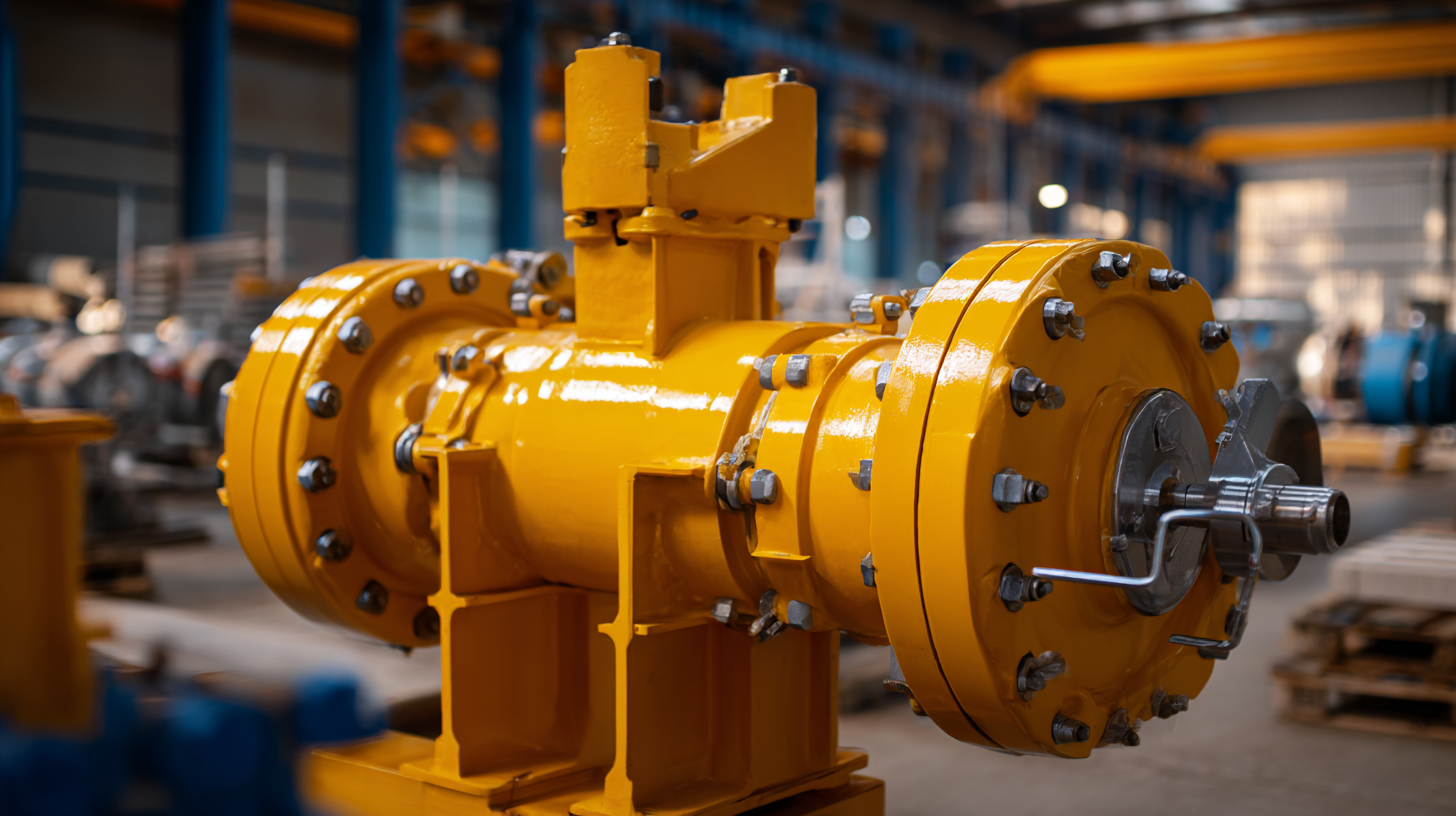
In an era where cost efficiency is paramount, butterfly valves have emerged as a game-changer for global procurement strategies in 2023. According to a recent market analysis by Research and Markets, the global butterfly valve market is projected to reach over $7.5 billion by 2026, growing at a CAGR of 4.8% from 2021. This growth can largely be attributed to the cost-effectiveness of butterfly valves, which not only provide durability and reliability but also reduce overall operational expenses. With a relatively simple design, butterfly valves require less material in their construction, leading to lower manufacturing costs which can significantly benefit procurement budgets.
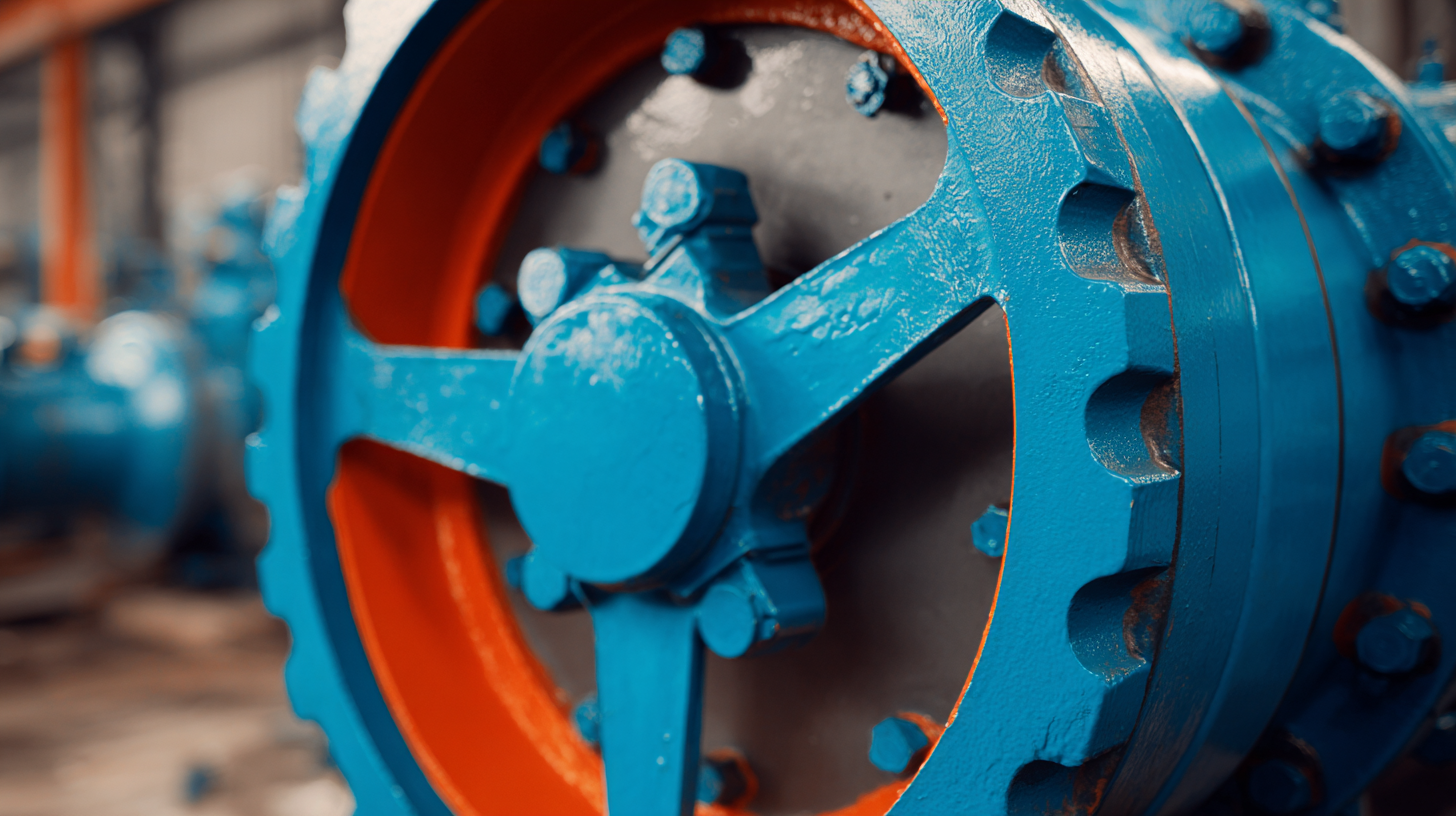
Moreover, butterfly valves offer high versatility across multiple industries, including oil and gas, water treatment, and food processing. A study by Fortune Business Insights highlights that these valves can reduce energy consumption by up to 30% in certain applications, further underlining their cost-effective nature. As global businesses face pressure to optimize spending while maintaining high operational standards, the adaptability and efficiency of butterfly valves position them as a preferred choice in procurement decisions, ensuring long-term savings and enhanced performance in fluid control systems.
Butterfly valves have emerged as a cornerstone in flow control applications, particularly in global procurement settings. These valves offer remarkable performance efficiency, allowing for precise regulation of fluid flow with minimal pressure loss. Their design facilitates quick opening and closing, making them ideal for situations where rapid flow adjustments are necessary. This efficiency translates not only into lower energy consumption but also enhanced system reliability, a crucial factor in industrial operations.
When considering butterfly valves for procurement, it's essential to pay attention to material selection. Certain applications may require corrosion-resistant materials to ensure durability, especially in harsh environments. Additionally, investing in valving technology with advanced operation features—such as automated controls—can drastically improve responsiveness and operational efficiency.
Another tip is to consider the installation requirements carefully. Proper alignment and sealing are vital for optimal performance. It’s advisable to collaborate with experienced engineers who can provide insights into the best practices for installation and maintenance. This will help maximize the longevity and functionality of butterfly valves, ensuring they meet the demands of your system effectively.
The installation and maintenance of butterfly valves have been significantly simplified, making them an ideal choice for global supply chains in 2023. These valves feature a compact design, allowing for quick and easy installation in various piping systems. This not only reduces labor costs but also minimizes downtime during the installation process, ensuring that projects stay on schedule. As supply chains grapple with the challenges of efficiency, butterfly valves provide a straightforward solution that aligns with the growing demand for agility in procurement.
Maintenance of butterfly valves is equally user-friendly. Their simple construction allows for easy access to internal components, facilitating quick inspections and repairs. This lowers the skill level required for maintenance tasks, enabling a wider range of personnel to handle routine upkeep. By reducing the complexity associated with valve maintenance, organizations can ensure that their systems remain operational with minimal intervention. In turn, this reliability enhances the overall effectiveness of global supply chains, driving smoother operations amid evolving market conditions.
| Benefit | Description | Impact on Supply Chain |
|---|---|---|
| Cost-Effectiveness | Butterfly valves have a simple design that lowers manufacturing and installation costs. | Reduces overall procurement costs for suppliers. |
| Space Efficiency | Their compact design requires less space compared to other valve types. | Allows for more efficient use of storage and transportation. |
| Quick Installation | Easier and faster to install, minimizing downtime. | Speeds up assembly time in manufacturing plants. |
| Low Maintenance | Require less frequent servicing, leading to lower maintenance costs. | Minimizes operational disruptions and improves efficiency. |
| Versatility | Suitable for various applications across different industries. | Enhances adaptability in supply chains handling diverse products. |
| Flow Control | Offers precise flow control with minimal pressure drop. | Improves the efficiency of fluid movement within pipelines. |
| Durability | Made from robust materials, providing a long service life. | Reduces frequency of replacements, stabilizing inventory levels. |
In 2023, the shift towards sustainability is more pronounced than ever, making butterfly valves an eco-friendly choice for global procurement. These valves, known for their lightweight design and efficient operation, contribute significantly to reducing energy consumption in various industrial applications. With a reduced carbon footprint compared to traditional valve types, butterfly valves are increasingly favored by companies committed to environmental stewardship.
Additionally, butterfly valves are often made from recyclable materials, reinforcing their sustainability benefits. Their simple construction allows for a higher degree of reparability, minimizing waste and extending the lifecycle of the product. By opting for butterfly valves, companies can enhance their overall sustainability strategy while enjoying the benefits of low maintenance and operational efficiency. As the demand for environmentally responsible solutions continues to grow, butterfly valves are proving to be a smart choice for businesses aiming to align with global sustainability goals.
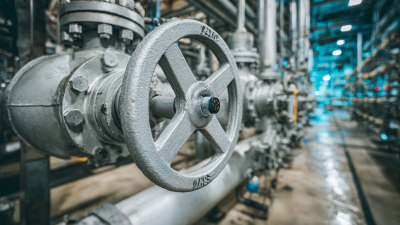
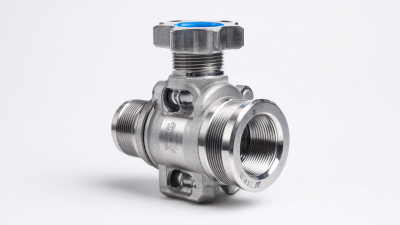
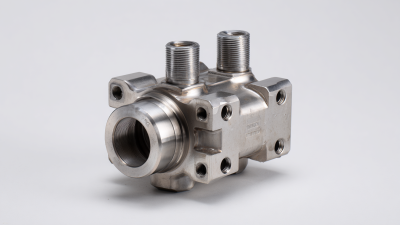

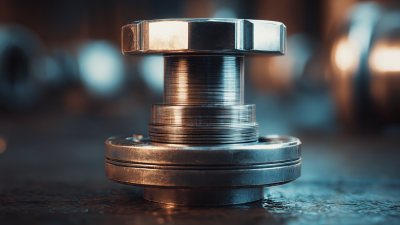




Same Day Shipping
ISO Certified Production